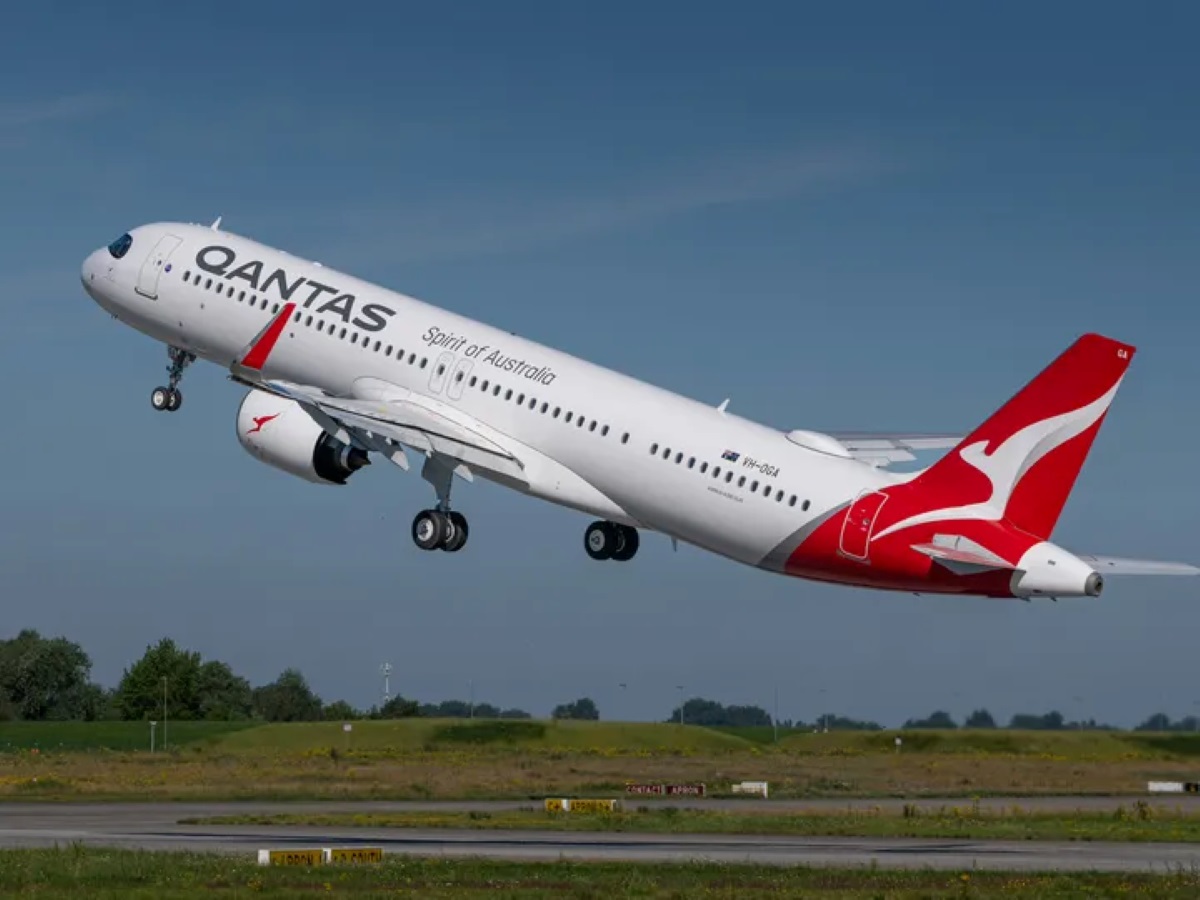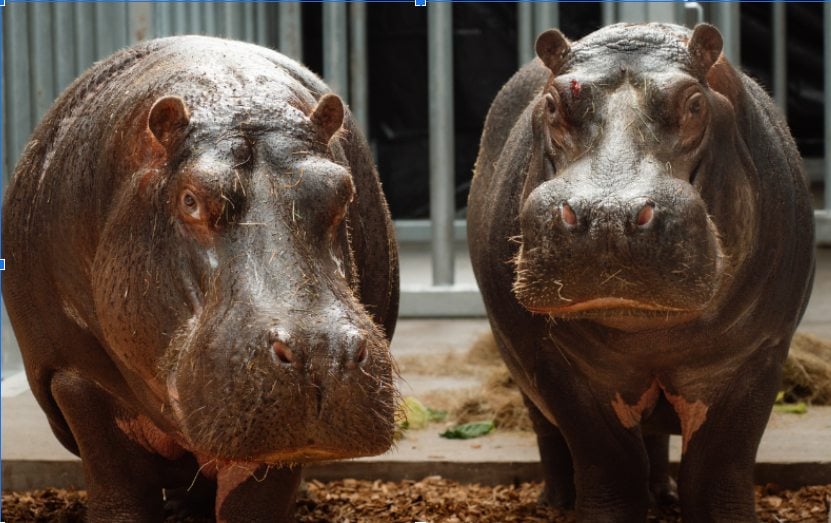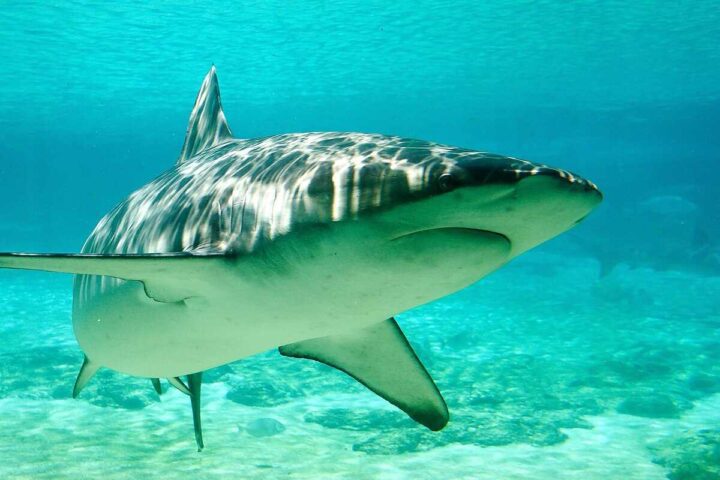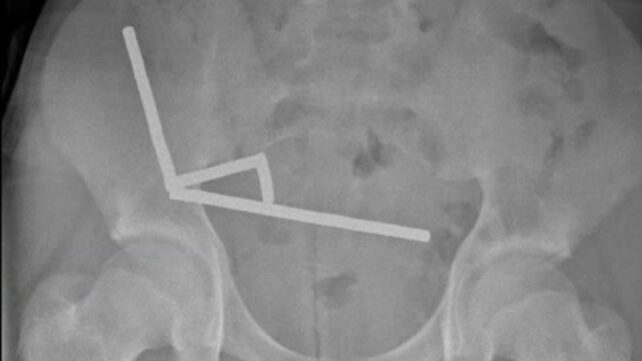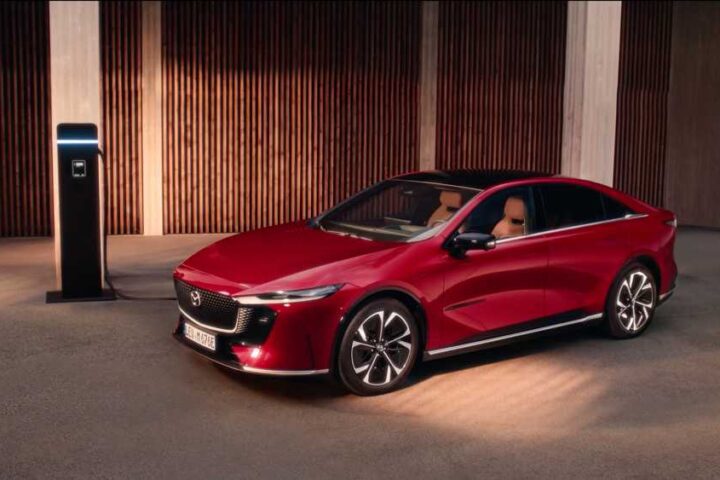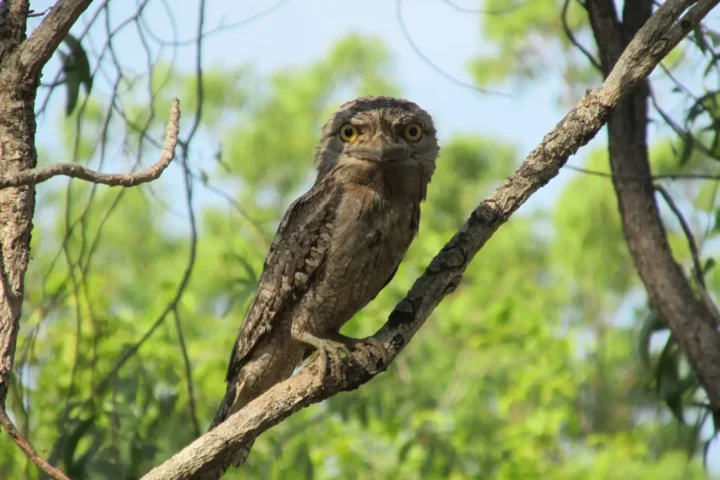Qantas made aviation history on June 30, 2025, when it received its first Airbus A321XLR, becoming the first airline in Asia-Pacific to operate this new type of aircraft. The plane, named ‘Great Ocean Road’ with registration VH-OGA, is currently flying from Germany to Australia on a journey that showcases its impressive capabilities.
The delivery flight includes a stretch from Hamburg to Bangkok covering over 9,600 kilometers – the longest distance ever flown by an A321XLR in commercial service. This single-aisle aircraft is flying distances that previously required much larger planes.
“We are proud to be the first A321XLR operator in Asia Pacific,” said Markus Svensson, Qantas Domestic CEO. “Its arrival marks the beginning of an exciting new chapter for Qantas.”
What makes this plane special is its ability to fly up to 8,700 kilometers (4,700 nautical miles) without stopping – about 11 hours in the air. No other single-aisle aircraft can match this range, allowing Qantas to connect city pairs that were previously uneconomical with larger jets.
Passengers will notice several improvements compared to the Boeing 737s this aircraft will replace. The cabin features 20 business class seats and 177 economy seats with wider cushions, larger windows, and better lighting. Overhead bins are 60% larger, fitting a wheeled carry-on bag for each passenger. Every seat has both USB-A and USB-C charging ports, with business class adding wireless charging.
Similar Posts
Preparing for this new aircraft required extensive training. Qantas invested over 45,000 hours in training nearly 1,000 employees including pilots, cabin crew, engineers, and ground staff.
Initially, the A321XLR will serve popular routes within Australia before expanding to international destinations in Asia and the Pacific. This strategy allows Qantas to gradually integrate the new plane while planning future routes that couldn’t support larger aircraft.
The A321XLR represents an important step in Qantas’s fleet renewal, replacing Boeing 737s that have served for up to 25 years. The airline has ordered 28 of these aircraft, with another 12 going to its budget airline Jetstar.
Beyond passenger comfort, the A321XLR cuts fuel use and carbon emissions by 30% compared to older aircraft. It can already use up to 50% sustainable aviation fuel, with manufacturer Airbus working toward 100% capability by 2030.
The aircraft enters a market where Boeing offers no direct competitor. The closest Boeing model, the 737 MAX 10, has less range and capacity. Boeing had considered developing a competing “797” aircraft but shelved those plans following the 737 MAX issues.Other airlines already flying the A321XLR include Iberia (first to operate it in October 2024), Aer Lingus, and Wizz Air. With over 500 orders worldwide from airlines including American, United, and IndiGo, this new aircraft type is helping airlines replace aging Boeing 757s and open new long-distance routes more efficiently.
